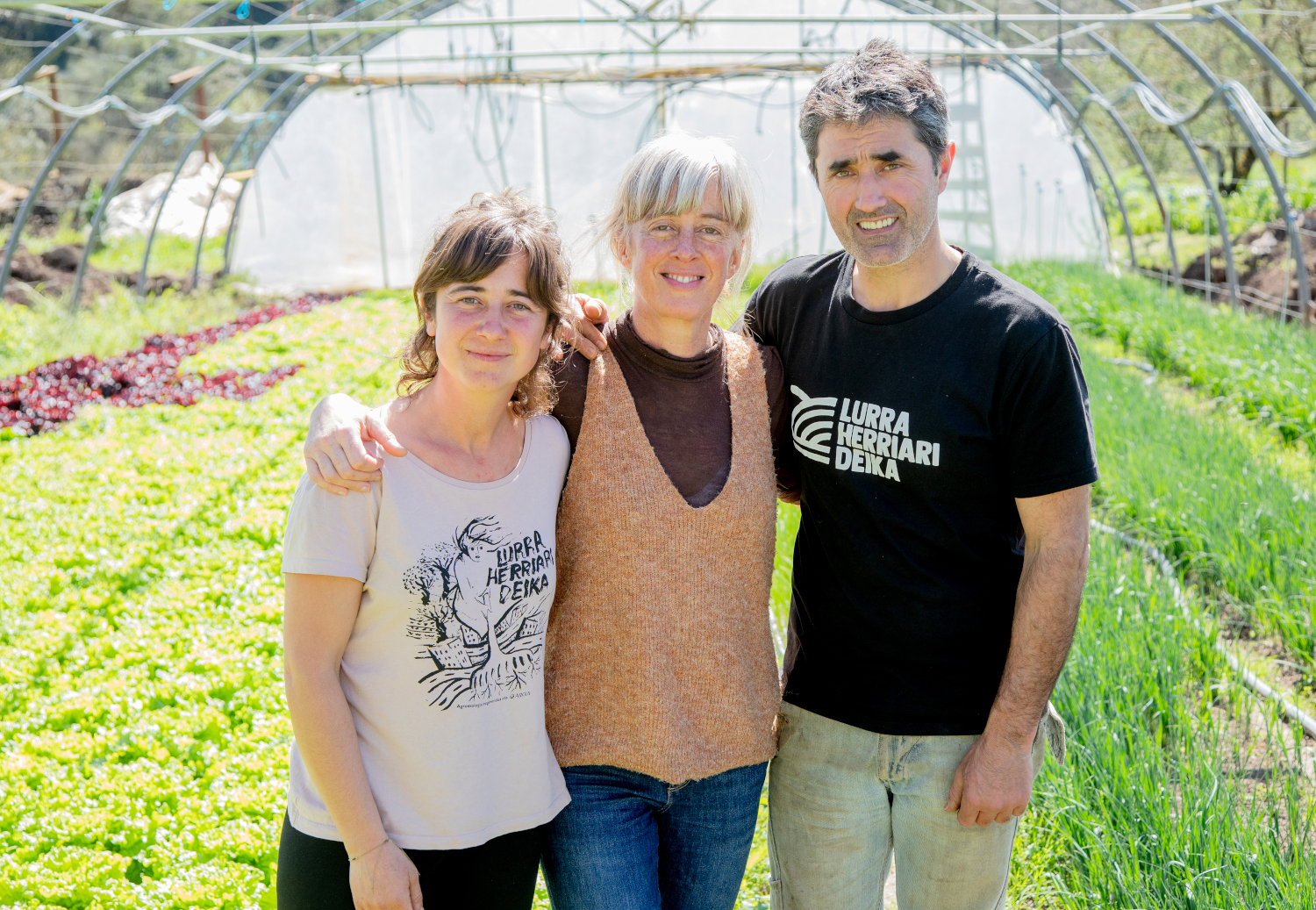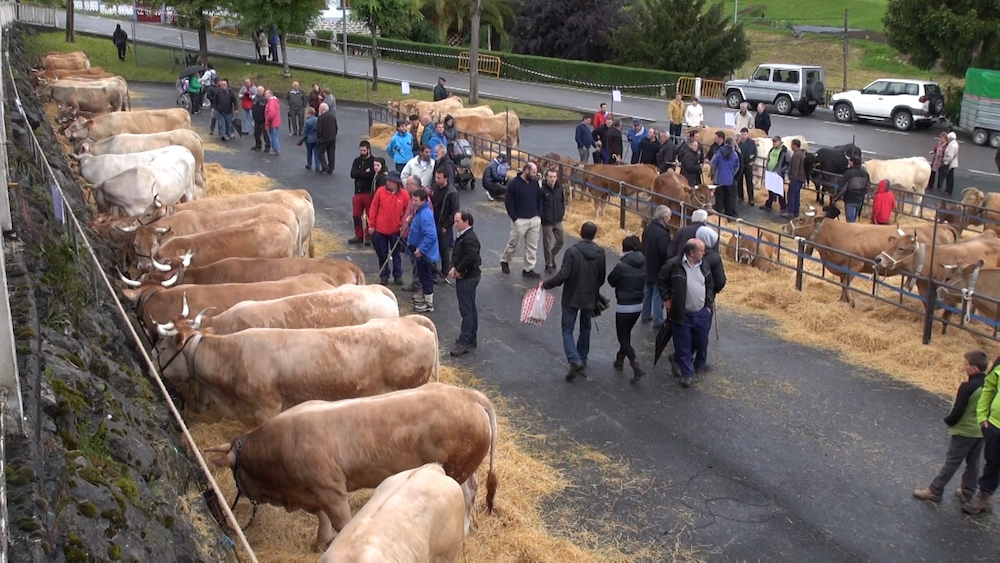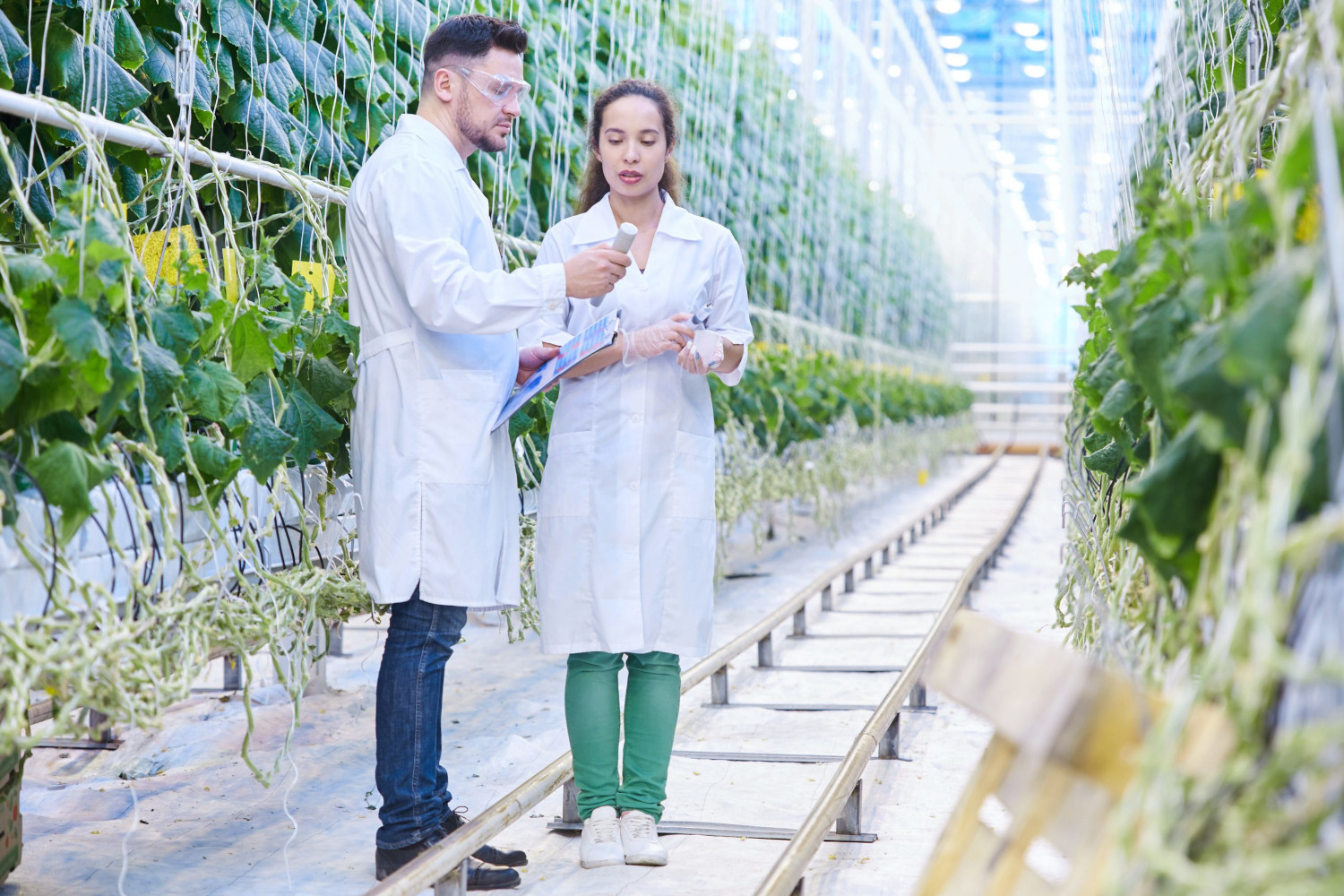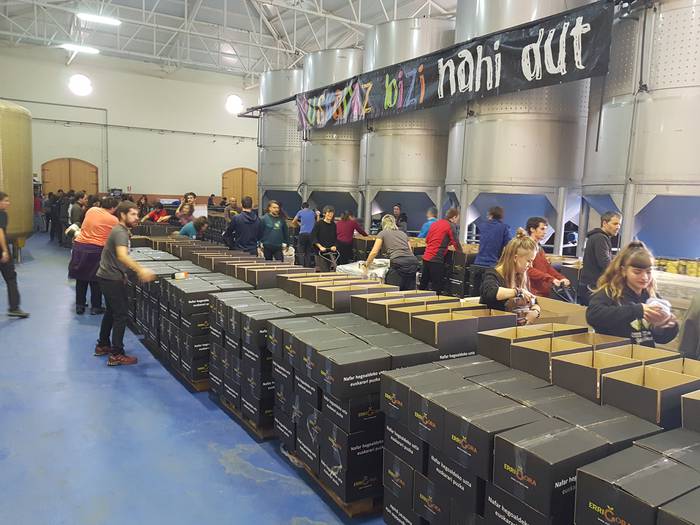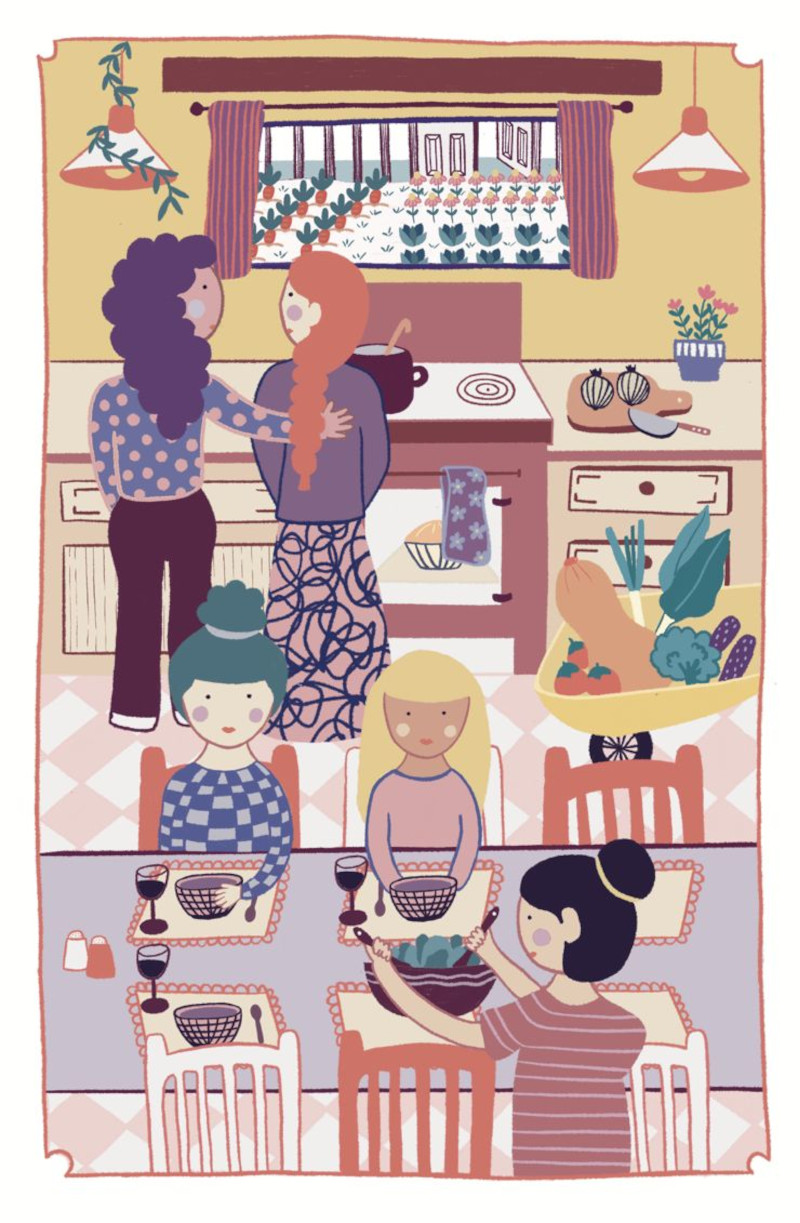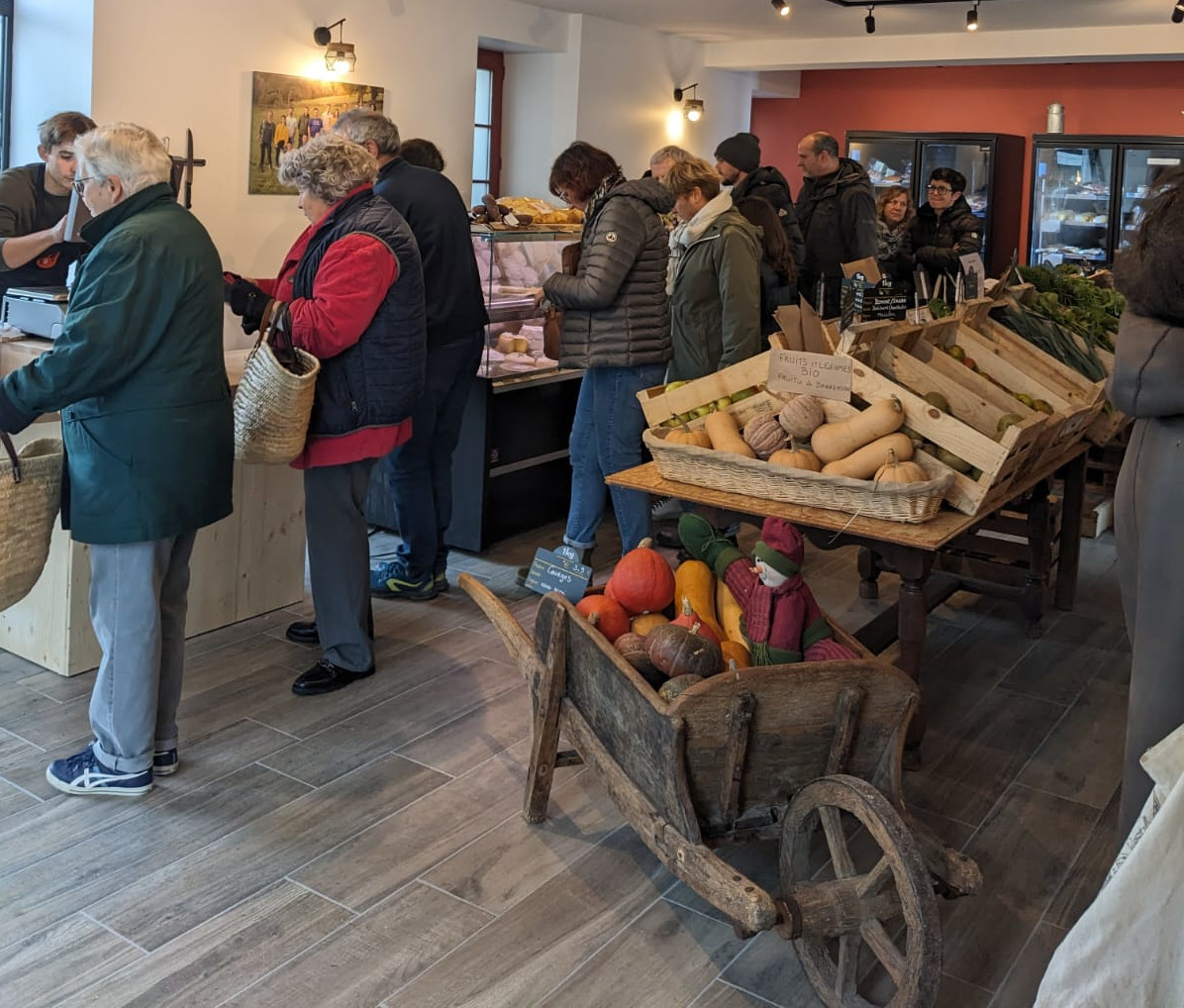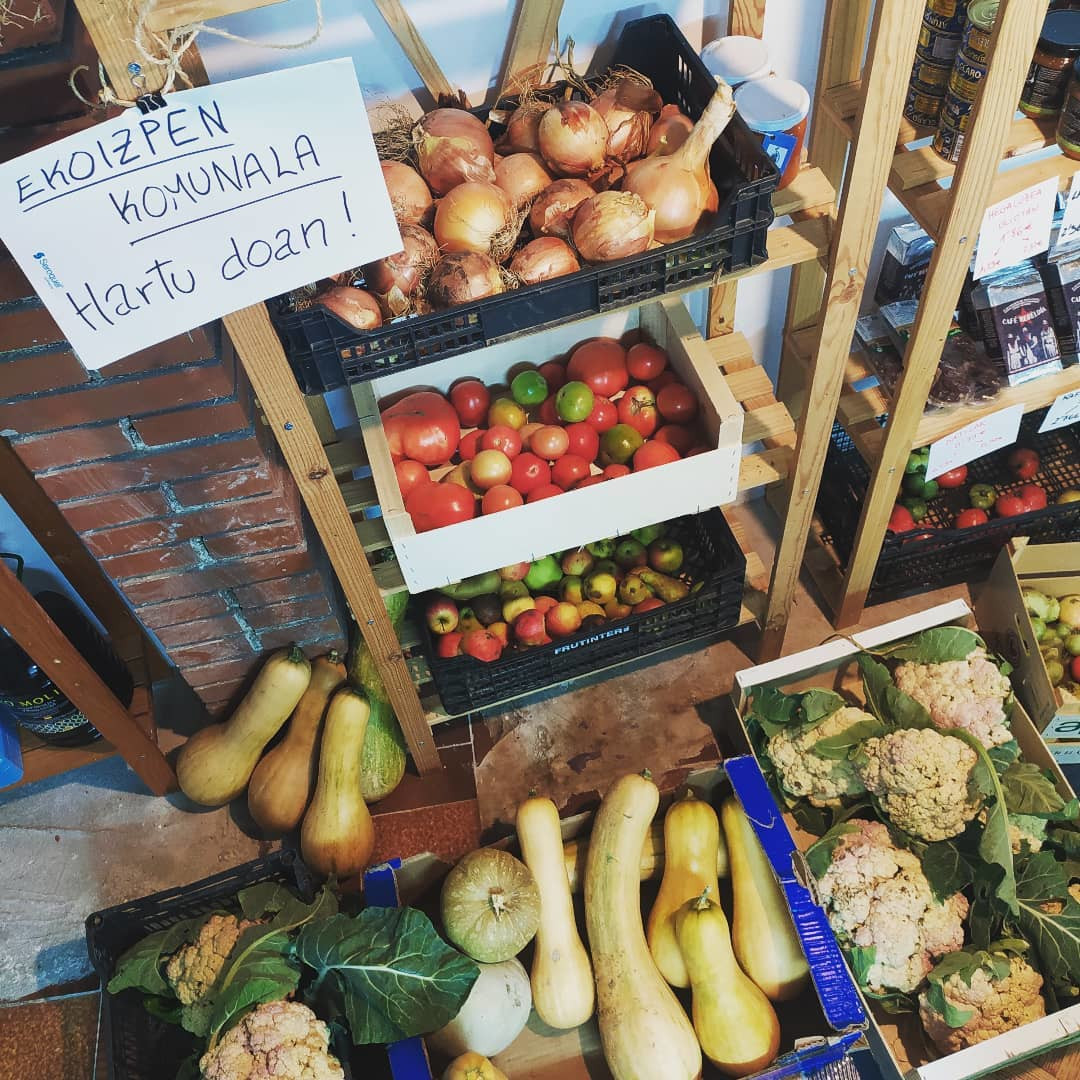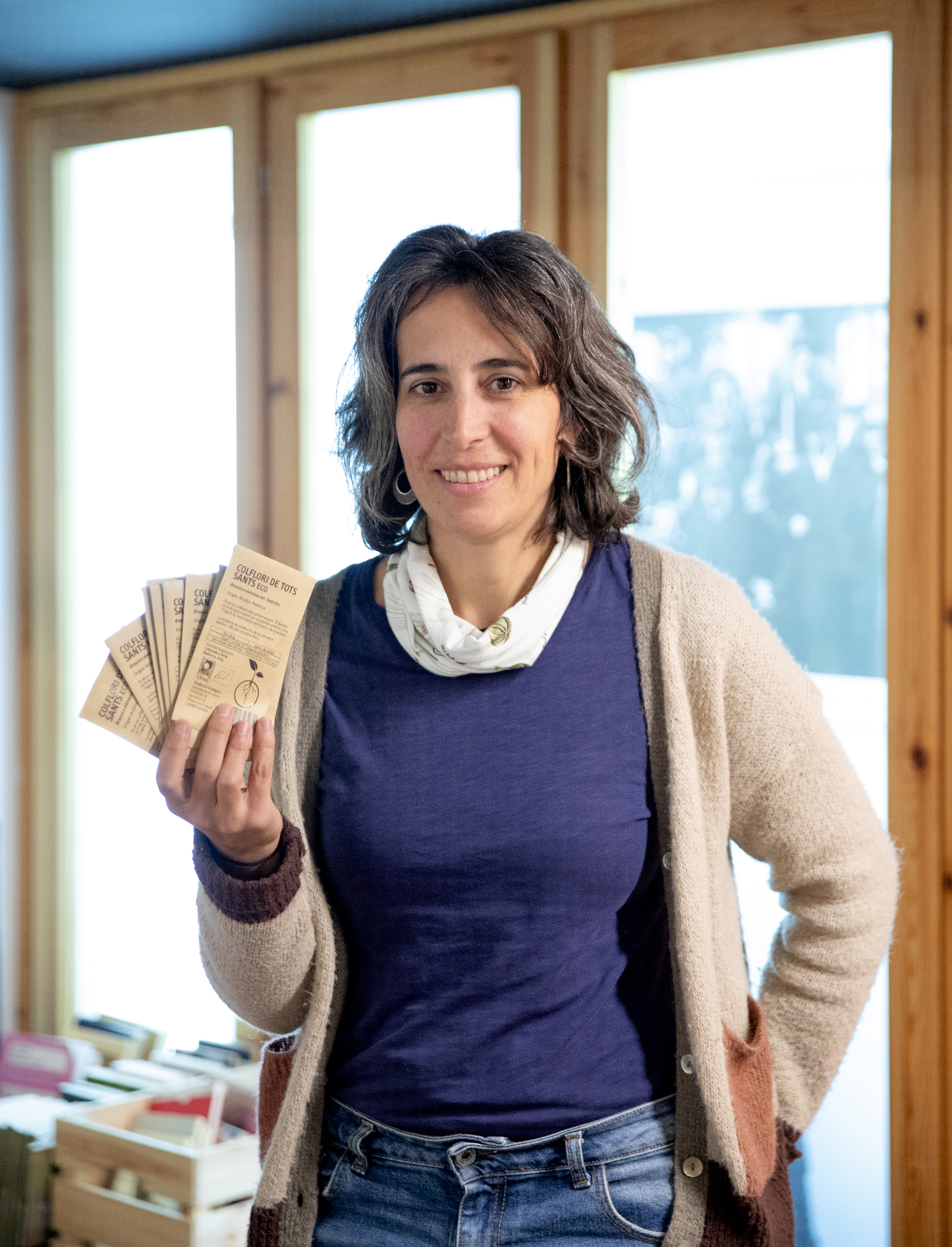"We have to rethink the way we produce food."
- Juigalpa (Nicaragua) 1958. The office of the Food and Agriculture Organization of the United Nations (F AO) in New York is its usual place of work. In early October he participated in the World Congress of Family Agriculture organized by the World Rural Forum in Bilbao. Between talks and work commissions he found a small space to answer our questions.
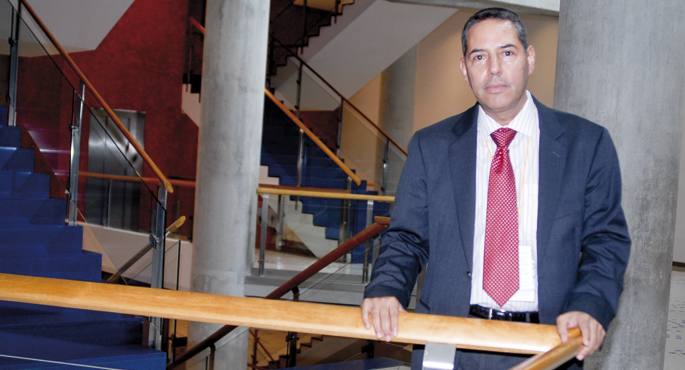
Javier Molina is a member of FAO, but not a spokesperson for FAO. The organization encourages its members to maintain contacts with journalists, but official opinion can only be given by some, and Molina is not one of them. Its clarification has been a prerequisite for authorization of the publication of this interview.
You have written that millions of people depend on the availability of the land to survive.
The latest FAO report on this issue in 2010 indicated that 950 million people in the world have a food security problem. In total, according to the 2009 World Bank report on the agricultural situation, 1.5 billion people depend on agriculture to survive. In total, there are 2 billion people engaged in agriculture in one way or another. We are talking about 30% of the world's population.
Of those millions, some will have the opportunity to use the land and others will not. Do you know the percentages?
This data varies greatly from one region to another and has to do with land ownership systems. In Africa, for example, property often belongs to the community; the concept of individual property does not appear as in America and Europe. In Central and South America, latifundium remains a problem. In Guatemala, for example, 70% of agricultural production is in the hands of 8% of producers. This is what makes minifundia appear, small, unprofitable properties. The consequence is subsistence farming.
What obstacles do family farming have today?
On the one hand, the lack of infrastructure, that is a serious problem. In other words, there is a lack of roads to reach the farming areas, so that farmers can reach the markets... Another problem is the lack of access to financial services. This implies, inter alia, the impossibility of obtaining credits, especially those which meet the appropriate conditions for farmers, with reasonable interest and time limits for repayment. The third major problem is the lack of information on the market, the producer does not know what the supply is, what demand, what prices are expected for some products... This makes it difficult for you to decide what, how and when it will produce. The result of these three factors is that family farming is not generally economically efficient.
The aim of this congress is precisely to make proposals for the promotion of family farming. Why should family farming be promoted?
From an economic point of view, because it generates employment, and therefore income. We are talking about 2 billion people. From the point of view of food security, family farming is an immediate source of food for the rural population. From an ecological point of view, because they are small family units working with molds whose axis is the conservation of biodiversity. These families contribute to the conservation of natural goods. Above all land, forests and water.
From his words it can be deduced that there is another model that meets all those characteristics that you want to avoid.
Of course. This is related to the agricultural model that was established in the 1950s, 1960s and 1970s: large-scale production, machining and monoculture. In fact, monoculture comes earlier, since the 18th century, but it was machined on a massive scale in the decades I've mentioned. This also coincided with the spread of chemicals such as fertilizers, pesticides, etc. It is clear that great benefits were obtained, but the system has a setback.
Which one?
On the one hand, large-scale production means the elimination of the forest and the elimination of biodiversity. On the other hand, after a certain amount of time, it reduces soil quality. You lose the plant layer that protects the soil and without it you can't rebuild the forest quickly. In addition, the abusive use of fertilizers and pesticides contaminates the subsoil water layers. The collateral damage of this type of agriculture is becoming more evident, and after 50 years we can clearly see what compensation is. In the 1960s, it was a new issue, and the consequences were not seen. But now yes, and that has led us to rethink agriculture.
Therefore, should family farming be promoted to represent large-scale agriculture?
Large-scale agriculture once played a role. When it developed, we didn't know much about long-term collateral damage, so we can't make a judgment this hour about today's prejudices. We now know what that means, but we also know that there are other models that may not yield as much, but also some benefits: caring for the environment, more reliable products... The debate will focus on how we will achieve the transition to productive models that deliver high performance but at the same time enable natural resources to be preserved. Because that transition will have to be made.
It's hard work, because the industrial model is the one that dominates.
Yes. The fight will be to educate citizens, both consumers and governments, to understand that the agricultural system has the compensations that affect us all. We will therefore have to rethink the way in which we produce food.
To what extent can the recommendations coming out of a congress like this influence the policies of countries?
It is true that the recommendations that come from such congresses, from civil society, cannot suddenly have the same force as the recommendations of the groups that have the most weight in the design of policies. But as education is taught, and the media has a very important role to play in it, it's going to be a change.
Let's go back to the issue of land availability. It will be a prerequisite for the development of family farming.
Of course. FAO works with other actors to develop a series of recommendations to be forwarded to global Governments. The aim is for all Governments to incorporate into their legislation the necessary measures to regulate access to and sustainable use of land. The key is to regulate the availability of resources based on ecological and socio-economic factors. Factors so far ignored.
And how do you think governments will take those recommendations?
It is to be assumed that they will be well received. FAO has not invented this series of recommendations from scratch, but in cooperation with countries. They should be accepted.
Many will be the ones waiting for the United States to decide what it has to decide.
I have not spoken to the US delegation on this issue. But the decision is taken by a majority, which will prevail when the council in question is discussed.
Is the decision of that majority binding?
No. Whether or not to establish recommendations depends on the will itself. But there is consensus. Of course, some are against, but with time and work they can be made to see the need for change.
What reactions do you expect from the large companies in the agricultural industry?
It really surprises how heterogeneous the field of big business is, some are very willing to innovate and finance it. And many others don't, for many reasons.
Can the opposition be big?
We will face the very strong interests of those who feel threatened. Against that, there's an education job, and on the other hand -- listen, the market is like that -- they're going to have to adapt or get behind.
For many it is a consequence of a large-scale industrial model that millions of people – I have read in their letter 790 million – lack sufficient food.
What FAO has said is that the food insecurity of all these people is largely due to the fact that in the last 20-30 Governments and economic operators have not paid due attention to cultivation. 17% of global development aid went to agriculture in the early 1980s, while only 4% in 2002. Production was weakened, agriculture was almost abandoned. The food crisis of 2007, 2008 and 2009 was the origin of the alarms. We have to go back to the field and the debate has already begun: What do we have to do with agriculture? We are in that debate.
Bizkaigane elkarteak elikadura burujabetzan oinarritutako proiektua du Errigoitin (Bizkaia), 1983tik. Instalazioak dauden lur eremutik aterarazi nahi du lur jabeak elkartea. EHNE Bizkaia sindikatuak adierazi duenez, instalazioek lege eta administrazio eskakizun guztiak betetzen... [+]
Martxoaren 10etik 26ra izango da udaberriko kanpaina. 'Beste modura, denona de onura' lelopean arituko dira gertuko ekoizpena, banaketa eta kontsumoa babestu eta sustatzeko, ager zonaldean euskara hauspotzen duten bitartean. Apirila amaieratik aurrera jasoko dira... [+]
Euskal Herriko bi muturretatik datoz Itziar (Bilbo, 1982) eta Ekaitz (Erriberri, 2002), sortzen ari den Burujabetzaren Aldeko Mugimenduaren berri ematera. Euskal Herrian diren burujabetza prozesu ugariak arloz arlo bultzatu eta indartu nahi ditu BAMek. Lan horretan hasteko,... [+]
Emakume bakoitzaren errelatotik abiatuta, lurrari eta elikadurari buruzko jakituria kolektibizatu eta sukaldeko iruditegia irauli nahi ditu Ziminttere proiektuak, mahai baten bueltan, sukaldean bertan eta elikagaiak eskutan darabiltzaten bitartean.











